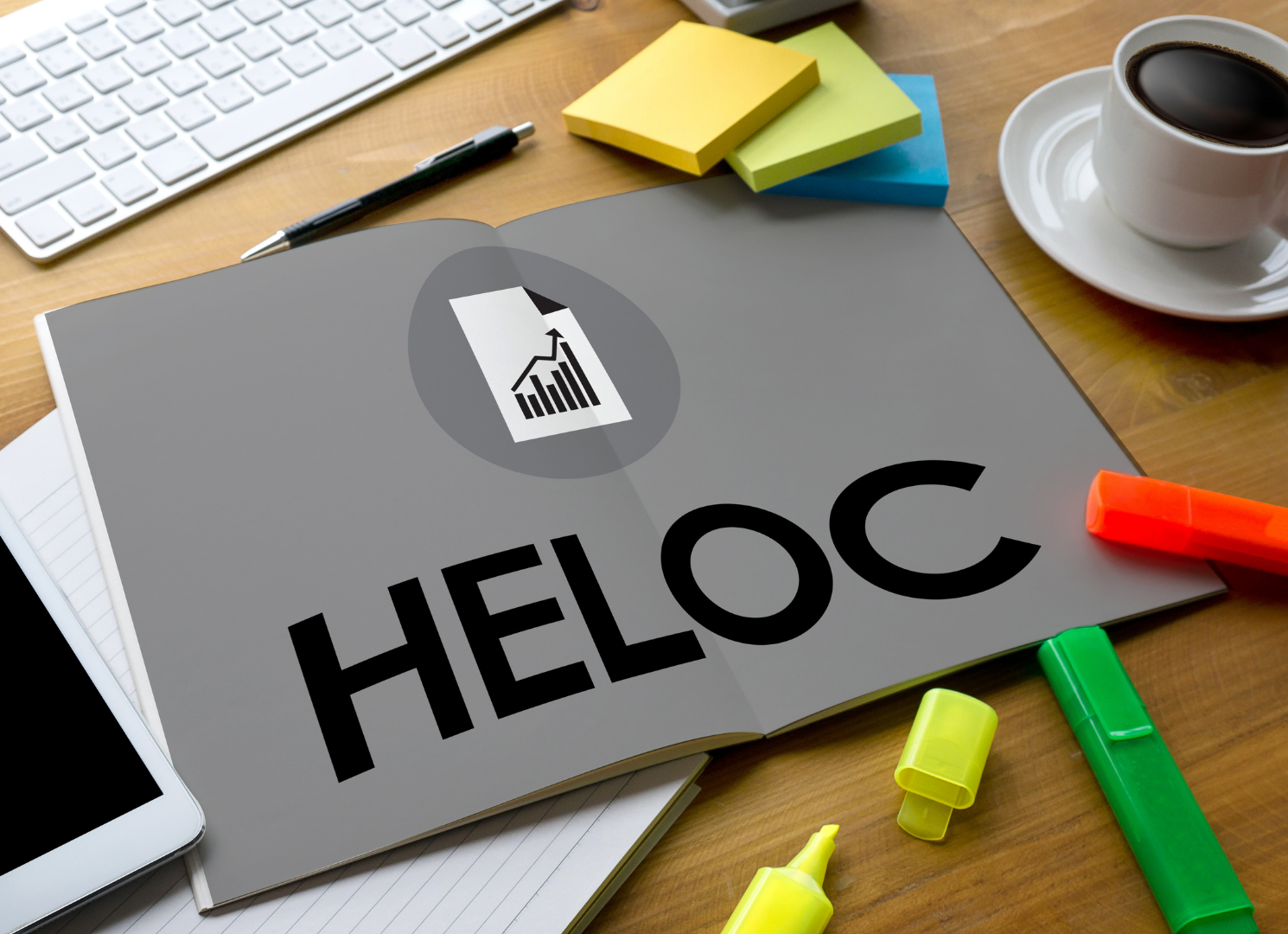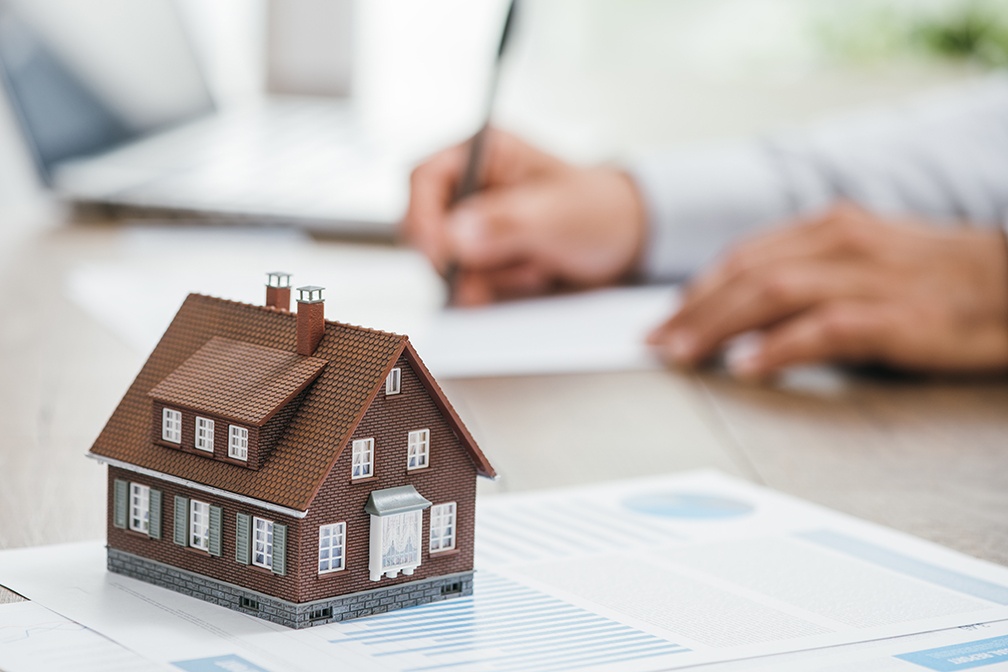Why Banks Don’t Always Give The Best Interest Rate
 If you want to purchase a house, you will probably have to take out a mortgage. There are only a few people who have enough cash to purchase a house outright, so most will go to the bank for a loan. How do you know if the bank is giving you the best possible interest rate? Unfortunately, the bank does not always give you the best interest rate because the bank is looking for a way to make money. If they can get you to accept a higher interest rate, they will make more money on your home loan. What are some of the factors that dictate interest rates on loans, and how can you say money?
If you want to purchase a house, you will probably have to take out a mortgage. There are only a few people who have enough cash to purchase a house outright, so most will go to the bank for a loan. How do you know if the bank is giving you the best possible interest rate? Unfortunately, the bank does not always give you the best interest rate because the bank is looking for a way to make money. If they can get you to accept a higher interest rate, they will make more money on your home loan. What are some of the factors that dictate interest rates on loans, and how can you say money?
Bank Rates Are Dictated By Investors
In a lot of cases, mortgage rates are not necessarily dictated by banks, but they are dictated by investors. Many banks want to remove the risk of someone defaulting on their home loan, so they will sell the debt to an investor. This is a way for the banks to free up capital they can use to invest in other projects. Sometimes, the mortgage rates are dictated by the amount of money investors are willing to pay for this type of debt.
Interest Rates Are Always Forward-Looking
In other cases, banks will charge a higher interest rate because they are worried that rates will rise in the future. Essentially, the pricing on home loans right now is dictated by what banks think interest rates will be in the future. If the bank thinks that interest rates will go up, then it might raise interest rates now to hedge its risk.
How You Can Get A Better Interest Rate
There are a few ways you can get the bank to give you a better interest rate. First, make sure your credit report is in order. Maximize your credit score to get a better interest rate. Then, make sure you have enough money to put down. The more money you put down, the lower the interest rate you will get. Finally, ask about discount points. You might be able to pay some of the interest upfront in exchange for a lower interest rate over the life of the loan.

 Are you planning on updating your house? A home improvement project can be expensive, but you don’t necessarily need to pay for the entire cost upfront. There are several loan options that can make it easier for you to get your home improvement project started right now. What are your options?
Are you planning on updating your house? A home improvement project can be expensive, but you don’t necessarily need to pay for the entire cost upfront. There are several loan options that can make it easier for you to get your home improvement project started right now. What are your options? You were able to find a house and successfully close on it, so congratulations on becoming a homeowner! Then, you pause for a second and think: does your lender own your house? Some people believe that if they only put 20 percent down on a house, the lender actually owns the other 80 percent. Does this mean that your lender still owns a large portion of your house? This is not the case, but there are some caveats that you need to keep in mind.
You were able to find a house and successfully close on it, so congratulations on becoming a homeowner! Then, you pause for a second and think: does your lender own your house? Some people believe that if they only put 20 percent down on a house, the lender actually owns the other 80 percent. Does this mean that your lender still owns a large portion of your house? This is not the case, but there are some caveats that you need to keep in mind.